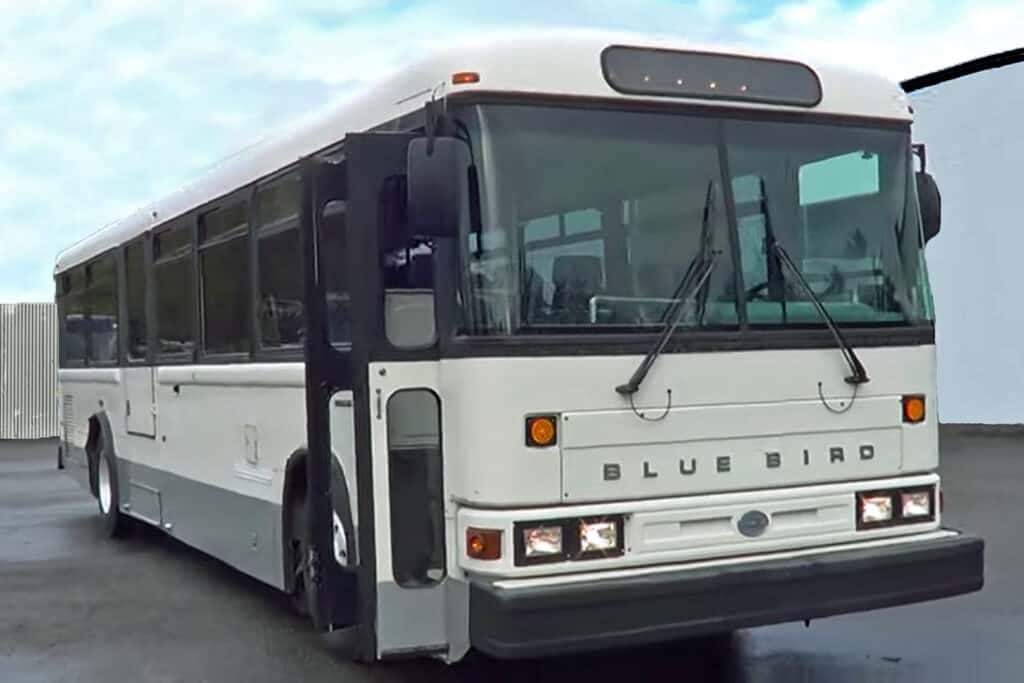Transit bus cooling system overhaul
By Chris Holley, MACS contributer
Recently, we had the opportunity to diagnose and repair a failing cooling system of a privately owned Bluebird bus with an 8.3-liter Cummins diesel. Although we had some experience with Cummins engines in Ram trucks, we knew little about a 1,000 lb.-ft of torque transit bus pusher-style engine or its cooling system, so this would be a learning experience. We figured we could fix anything with a borrowed, well-worn service manual and internet access.
How could we go wrong?
Upon inspecting the 300,000-mile bus, we found several concerns likely contributing to the engine’s overheating situation. The radiator was corroded, and contact temperature checks across the radiator surface with the engine running at operating temperature revealed cold spots among the warmer areas. The massive (relative to a vehicle) six-blade fan produced plenty of noise, but it did not seem to move much air compared to its size. When examining the hydraulic fan motor and the pump, we found leaks. However, everything had fluid on or around it, so we may have missed additional leaks.

Every technician understands that age and wear compromise any system. In the cooling system, as each part degrades, the cooling effectiveness will diminish, and often the parts wear out at a similar rate. We decided a complete overhaul of the cooling system was the best route based upon what we had found on the bus and our previous automotive repair experience. By replacing the entire cooling system, the repair would return the cooling efficiency to a factory-new condition.
For the repair, we installed a new radiator, a surge tank, a hydraulic fan motor, a hydraulic power steering pump, and a directional control valve. We fitted a nine-blade fan in place of the existing six-blade fan (a six-blade was not available). After discussing our overheating situation with a parts counter person, she recommended installing a hydraulic filter and a pressure relief valve, so we added both. Finally, we replaced the thermostats and all the related hoses.
Once the cooling system was back together, the hydraulic fan did not operate correctly. It lacked adequate air movement, just like the original fan. We studied the hydraulic system and determined we had a problem with the hydraulic control valve. After installing the new valve, the hydraulic fan moved plenty of air at full speed. Upon completion, we thoroughly road-tested the transit bus in many situations, including extended hill climbs (in central Pennsylvania), and the temperature gauge needle remained fixed in place without rising. The testing revealed the overheating problem had been successfully repaired.
Early in the overhaul, we were tempted to swap the convoluted hydraulic fan with an electric fan. Yet, after working through the entire cooling system, it turns out the hydraulic fan design appears to be more complicated than it actually is, and a hydraulic fan works extremely efficiently without the hassle of re-engineering the cooling system. By using quality parts and sticking with the factory cooling system layout, we expect our customer to have years of trouble-free operation.
Join MACS as a member to view more helpful technical mobile A/C content.
Leave a Reply